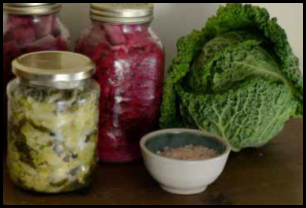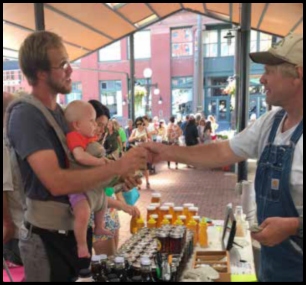Farm Business Planning
Business Planning Resources
| AgPlan is a free, online resource that you can use to develop a business plan for your agribusiness. (If the hyperlink doesn't work, copy and paste this URL into your browser: https://agplan.umn.edu) | 
|
| For more resources on planning your farm business- including developing your mission and vision, farm economics, capital purchases, operations planning, developing a marketing plan, risk management, transition and succession, and action planning- see the links on the Foothill Farming: Farm Business page. (If the hyperlink doesn't work, copy and paste this URL into your browser: https://ucanr.edu/sites/placernevadasmallfarms/Farm_Business_Planning/) | |
Agribusiness Marketing Resources
| Community Supported Agriculture Resources: | |||||||||||||||||
|
Who supports community supported agriculture in California
(PDF) - Presentation of findings of a research study looking at what demographics commonly subscribes to CSAs and why as well as what demographs tends to maintain their CSA membership and why. |
|||||||||||||||||
| CSA in California- findings from the CSA farmer -operator survey (PDF) - Presentation of the findings of a research study looking at common characteristics of farms and farmers that participate in CSAs as well as the structure of those CSAs. | 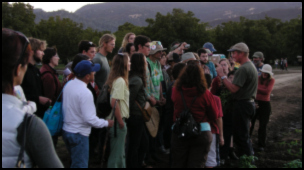
|
||||||||||||||||
| CSA in California- findings from the CSA farmer -operator survey (PDF) - Presentation of the findings of a research study looking at common characteristics of farms and farmers that participate in CSAs as well as the structure of those CSAs. | |||||||||||||||||
| CSA Operator Handout (PDF) - A short summary of information about CSA farms and CSA structures in California. | 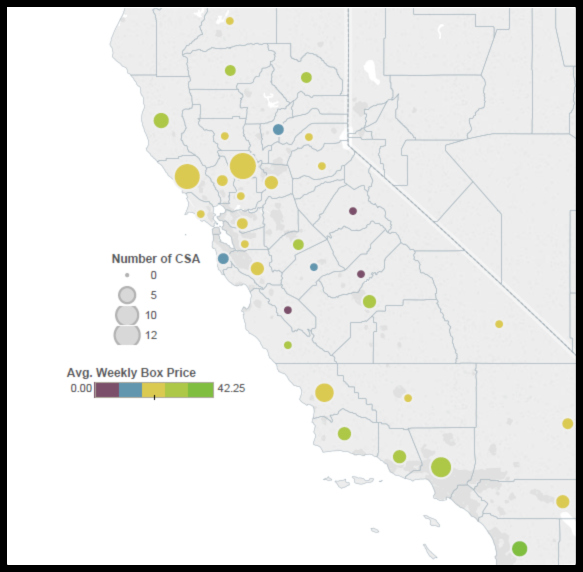
|
||||||||||||||||
|
You must register your farm with the California Department of Food and Ag (CDFA) each year. CA CSA Law – AB 224 (2013) Requires single-farm or multi-farm CSAs to be farm-based and for all farms involved to register with CDFA each year; CDFA set fee at $75 a year, each farm pays once a year. By registering, Environmental Health considers the CSA to be an “approved source” of food; federal law requires all food in commerce to be from an approved source. Everything in the CSA box must be from California farms. Box must have name and address of CSA on it and maintained in a manner that “prevents contamination of produce.” Traceability records required: consumers must be informed where everything is from either in print or electronically, and the CSA must retain these records. Shell eggs and processed foods that are included must follow laws on labeling. If a multi-farm CSA, the operator must have a produce handling license from CDFA, and if handling eggs from other farms, an egg handler license.
California Alliance of Family Farmers (CAFF) related webinar: http://www.caff.org/wp-content/uploads/2012/06/CAFF-CSA-Webinar.pdf CDFA CSA page (scroll to the end): https://www.cdfa.ca.gov/is/i_&_c/cfm.html Registration application: http://caff.org/wp-content/uploads/2012/06/CSAProducerRegistrationRemittanceForm.pdf
Certified Producer’s Certificate This is required by the state if you plan to sell at Farmers Markets. You get this from the Ag Commissioner's office of the county that you are operating in, not where you are selling. https://www.cdfa.ca.gov/egov/farmersmarket/ Produce Scale Certification If you are using a scale to make sales at a direct-to-consumer sales point, then you need to show that it’s calibrated properly and have it certified at the county Weights and Measures office (department within Ag Commissioner’s Office) Farm Stand Field retail stands are restricted to selling whole produce and shell eggs grown by the producer on or near the site, exempt from standard wholesale size and pack requirements. These traditional field stands are exempt from California Health and Safety Code, as long as they adhere to the previous set of rules. |
|||||||||||||||||
Additional California Farm Business Information
|
Cottage Food Operation On September 21, 2012, California joined 45 states with Cottage Food laws when Governor Brown signed the California Homemade Food Act into law. This law, implemented January 1, 2013, creates a new category of retail food facilities known as a Cottage Food Operation (CFO), which will allow persons using home kitchens to make and sell limited quantities of non-potentially hazardous foods. Cottage food products are non-potentially hazardous foods that are unlikely to grow harmful bacteria or other toxic microorganisms at room temperature. For more information, visit: http://forrager.com/law/california http://ucanr.edu/sites/cottagefoods/files/202832.pdf |

|
|
Poultry There are federal laws, state laws, county laws, and sometimes even more local laws! There are exceptions, which small producers typically fall under. The state may have exemptions to federal laws, but counties and more local can choose whether to allow those exemptions or not (slaughter, in particular). Producers should check all levels of regulation. Small scale for layers typically means any flock under 3,000 hens. Small scale for meat birds typically means less than 20,000 birds processed/year. They generally are exempt from federal regulations, and maybe state/county. CDFA does a great job covering layers and the sale/marketing of eggs (https://www.cdfa.ca.gov/ahfss/mpes/esqm.html). Anyone who sells eggs (even 1 egg) in the state is required to register as an egg handler (process on the website). It is pretty straightforward, but CDFA does inspect at farmer's markets, and will pull products that don't comply with the regulations. Meat birds are more difficult. They are also covered by CDFA (https://www.cdfa.ca.gov/ahfss/mpes/), and the regulations depend on where the birds are slaughtered, and/or if they will be considered part of the live bird market. If you don't use a USDA inspected facility to slaughter, there are a lot of restrictions on where you can sell, and there is an example of a state exemption from federal regulations that some counties accept, and some reject. There is a new bill going through the state legislature right now that hopes to clear this up. It is recommended that you get a secondary liability insurance coverage of $1 million for chicken processing. Additionally, there are labeling requirements, as well as Shell Egg Food Safety regulations that need to be followed. |
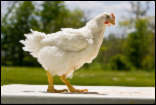
|
|
SNAP / EBT To Apply for USDA authorization to accept SNAP: Online: http://www.fns.usda.gov/snap/retailers-0 Directly: Contact CAFF at (831) 761-8507 To Get a Machine: CA farmers can get free EBT machine through CA DSS. Contact: Dianne Padilla-Bates: dianne.padilla-bates@dss.ca.gov . There is a list of other providers available on www.fns.usda.gov
|
|

